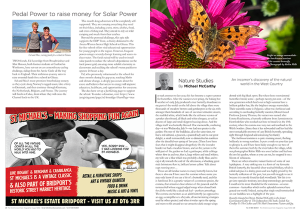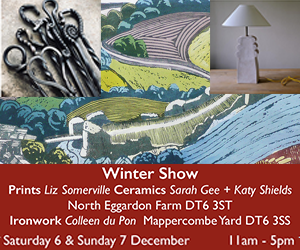
In stark contrast to last year, this has become a super summer for butterflies. After the sunniest-ever spring, the baking hot weather of early July produced a true butterfly abundance in my part of the world: on the hill above the village there were thousands of meadow browns and gatekeepers in the air, with amongst them hundreds of one of our most attractive insects, the marbled white, which looks like the airborne version of a pocket chessboard, all black-and-white chequer, as well as dozens of large and small skippers buzzing about. And the village itself was butterfly-blessed. One memorable, sweltering day—it was Wednesday July 9—we had ten species in the garden. On one of the buddleias, all at the same time, we had a red admiral, a peacock, a painted lady and to our great delight, a small tortoiseshell, now so diminished in numbers after the dreadful wet spring of last year. (There have been fears that it might disappear altogether). On the lavender border we had a meadow brown, and on the yarrow in the wild part of the garden we had a gatekeeper, while cabbage whites flew in and out, that is, large whites and small whites; my wife saw a blue which was probably a holly blue; and to cap it all, towards the end of the afternoon, a whacking great male brimstone flew in, brilliant lemon-yellow. Talk about cups running over…
These are all familiar names to many butterfly-lovers, but there is also one I have seen this summer whose name you may only know if you are a bit of a butterfly nerd, and this is hutchinsoni. It is a genetic variant of a common species, the comma, that attractive close relative of the peacock and the tortoiseshell whose ragged-edged wings when closed look for all the world like a dead oak leaf—perfect camouflage. The comma overwinters as an adult butterfly (as opposed to an egg, a caterpillar or a chrysalis, all overwintering strategies used by other species) and when it wakes up in the spring and starts to flit around we see attractive dark orange wings dotted with big black spots. But when these overwintered butterflies breed, some—perhaps twenty per cent—of the new generation which hatch out in high summer have a brilliant golden hue, like the brightest orange marmalade. Their scientific name is Polygonia c-album var. hutchinsoni and according to our leading butterfly scientist, Dorset-based Professor Jeremy Thomas, the variant was named after Emma Hutchinson, a butterfly collector from Leominster in Herefordshire who worked out how to breed it in the 19th century, when the comma was very rare and confined to the Welsh borders. (Since then it has rebounded and has had the most remarkable recovery of any British butterfly, spreading right through England and colonising Scotland.)
The hutchinsoni comma is a quite stunning insect, flashing brilliantly in strong sunshine. It puts a smile on your face just to glimpse it, and I have been lucky enough to see two of them this summer, both by the river below the village, while our photographer Robin Mills was even luckier and had one fly into his garden, where as you can see, he snapped it on a bloom of echinacea.
There are other attractive variant forms of some of our lepidoptera. A very striking one is a form of my favourite British butterfly, the beautiful silver-washed fritillary, which is called valezina; it is dusky green and was highly-prized by the butterfly-collectors of the past, but you will struggle to see it because it is mostly found in dark woodlands. Yet this is to get into specialist territory, into deep entomology; personally I could not be more thankful for the common—or once-common—butterflies which in this splendid summer have graced our world. Indeed, seeing that single small tortoiseshell on our buddleia was a highlight of the year.




